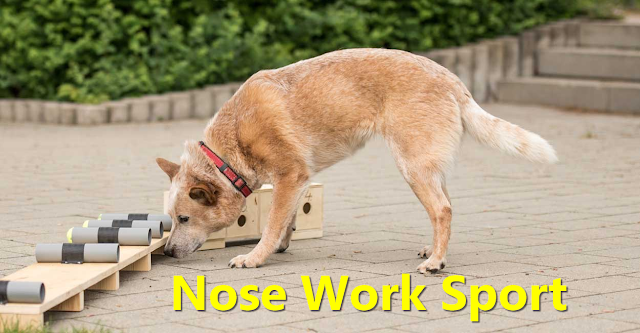Nose Work: A sport For Dogs
Is your dog focused on food or on toys? Does he spend tons of your time sniffing as you continue walks? You may have a canine athlete within the making.The sport of nose work, conceived in 2006 by three California dog trainers, maybe a fun yet challenging activity for dogs and other people. Using his keen sense of smell — a minimum of 10,000 times greater than our own — a dog must find a selected odor (birch, anise or clove) hidden during a container, room, vehicle or outdoor area and alert his handler to the find. to point, “I’ve found it and here it's,” the dog may sit, paw at the world, check out the handler or offer another signal.
Games Dogs Play
Aside from the fun factor, nose work offers a variety of advantages to dogs and other people. Not least is that the thrill of the find, that dogs are rewarded lavishly with treats and praise. Owners are thrilled, too, because they don’t know where the scent is hidden until the dog shows them.This reliance on teamwork helps owners and dogs improve their communication skills, strengthening the chain between them. Shy or fearful dogs may quickly develop confidence. Even shelter dogs can benefit. Some shelters have introduced the game to assist address the special needs of dogs who have excess energy or are within the shelter for an extended period.
“It has definitely made a difference,” says San Clemente-Dana Point Animal Shelter trainer Esther Horn. “The dogs are excited about having employment .”
The sport is additionally an honest choice for dogs who are reactive to other dogs. Dogs work one at a time in school or competition. When they’re not searching, the dogs rest in crates or in a neighborhood far away from other competitors.
Dogs of any age and skill can play, reception for fun or in nose work trials. variety of breeds and mixes compete and earn titles, including toy breeds. Senior dogs show they’ve still got game, albeit they move a touch more slowly or deliberately. Nose work is often done indoors or outdoors, on any surface.













0 comments:
Post a Comment